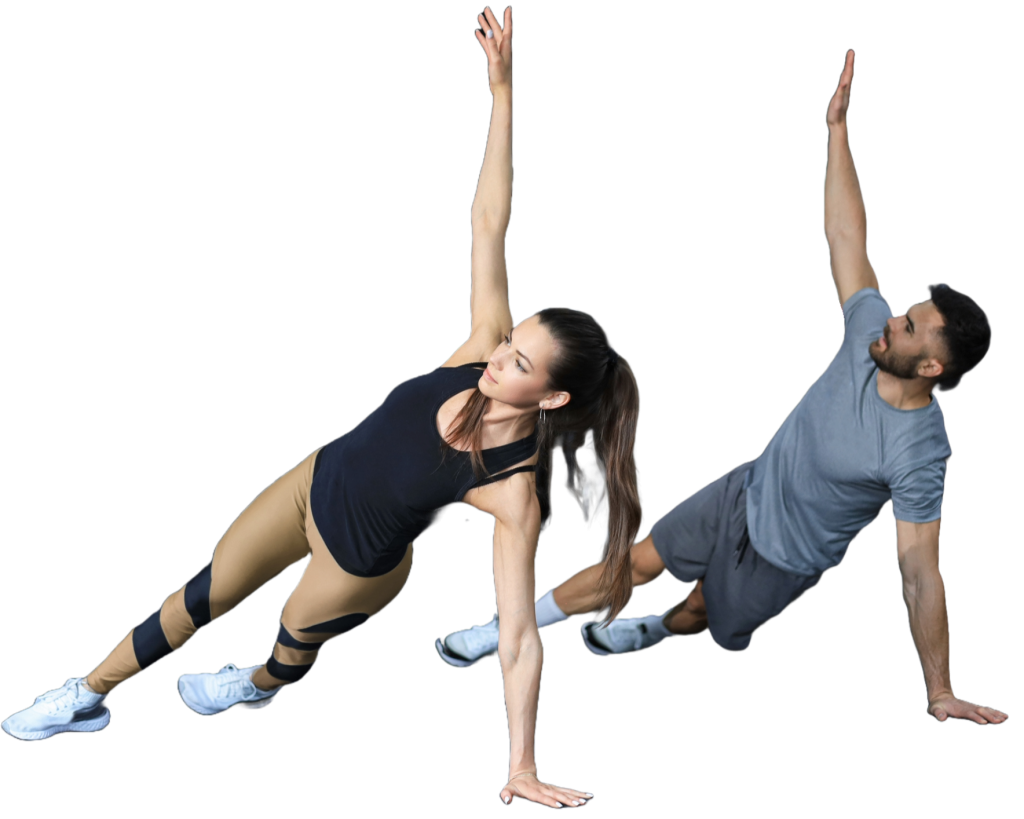
No Referral Necessary. Request an Appointment Today!
Take the first steps on your road to recovery from an injury or a fall. Get an evaluation from our trained physical therapists.
Our physical therapist gets to the root of what is really causing your plan and creates an individualized plan of recovery.
Our patients get results and are able to return to all of the activities that they love.